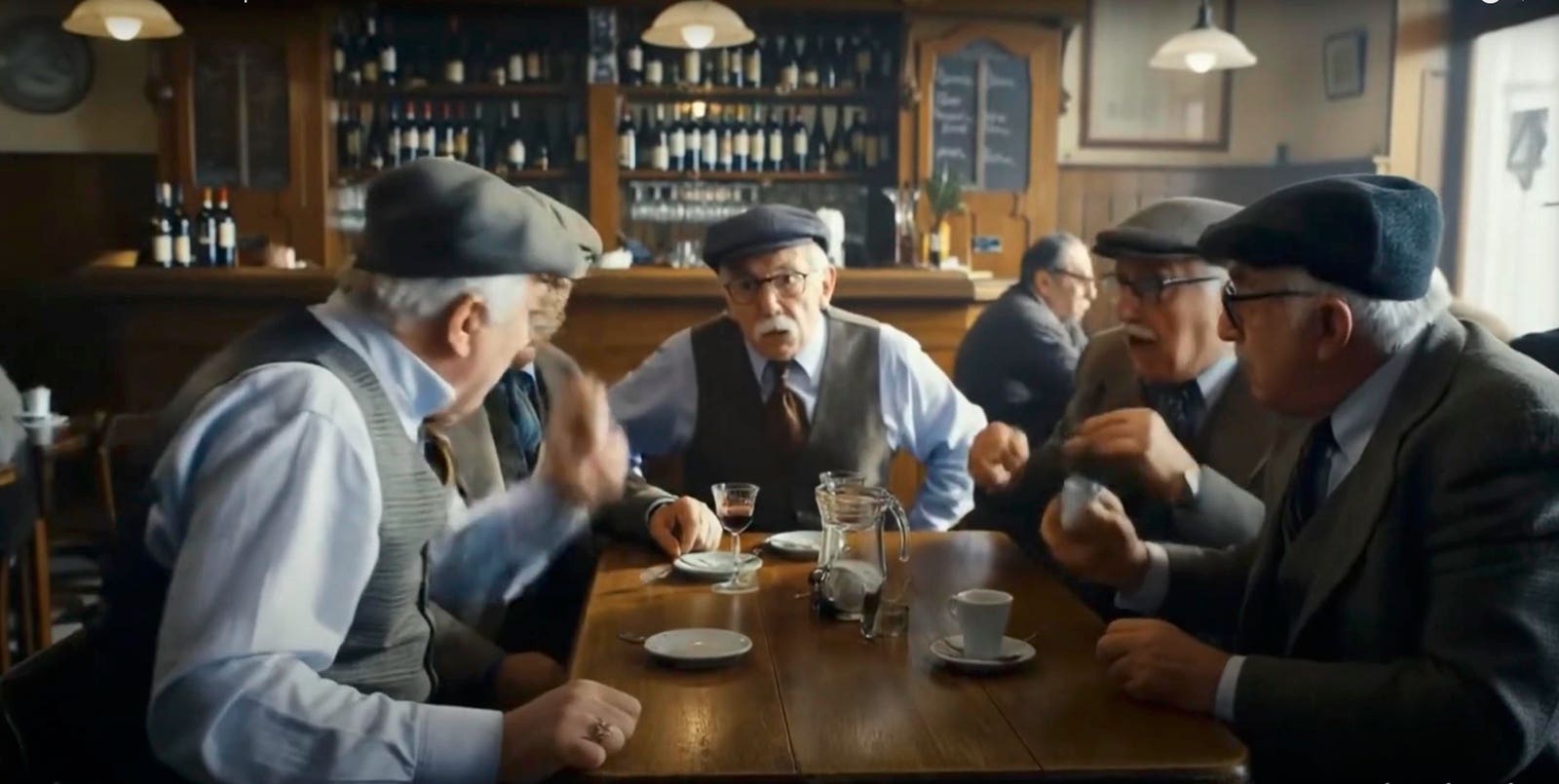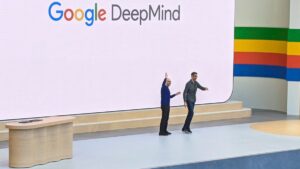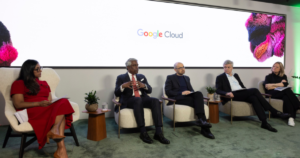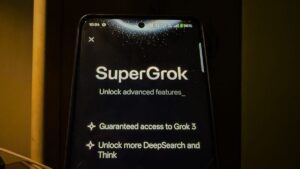Veo 2 by Google DeepMind Creates an AI-Generated Commercial Without Actors, Locations, or Sets

Still image capture from AI-created demo commercial by László Gaál
Credit: Roger Dooley
Artificial intelligence (AI) is making significant strides in creating lifelike content, and a recent demo commercial by digital artist László Gaál is a remarkable example of this progress. In this three-minute video, nearly everything apart from Gaál discussing the creative process is generated by AI.
Not only is the footage for the commercial—including people, backgrounds, and vehicles—created by AI, but even the behind-the-scenes content featuring sets, cameras, and crew is entirely AI-generated.
Even the behind-the-scenes footage is AI-generated. Still image capture from AI-created demo … More
Credit: Roger Dooley
The Rise of AI Video Technology
The demo commercial utilizes an experimental AI video generator called Veo 2 from Google DeepMind. Currently, this tool is in its testing phase, and users can join a waitlist to gain access. Google has designed Veo 2 to reduce glitches, such as odd hand formations.
While the demo video has impressive qualities, it showcases some limitations. For instance, the resolution is 1080p, which may be adequate for platforms like YouTube but is not ideal for high-end commercial projects. As of now, Veo 2 operates on text inputs, meaning users cannot upload images of specific locations or characters. This may lead to inconsistencies in character appearances, a challenge Gaál navigated through extensive and detailed prompts.
Reviewers of the demo have noticed the fast cuts in the video, which might suggest that the video quality deteriorates in longer segments. However, Gaál explains that these quick transitions are an artistic choice, and he intends to release longer clips that demonstrate the AI’s capability to maintain quality.
The Future of Filmmaking
When considering the high costs of traditional filmmaking, like Amazon Prime’s Rings of Power, which reportedly cost around $465 million for its first season, the advantages of AI-generated content become apparent. Productions that utilize real locations and extensive set designs incur large expenses.
Filmmaking often requires casting actors, elaborate costumes, and detailed sets, which significantly raise production costs. AI can simulate these elements, reducing the need for travel, elaborate designs, and lengthy construction times. Why travel to remote locations for filming when AI can create stunning landscapes? Similarly, creating intricate costumes and props that would typically require skilled metalwork can now be done using AI, potentially saving time and resources.
While AI and CGI have already found their place in filmmaking, the use of these technologies is anticipated to grow as tools become more advanced. Recent Oscar-nominated films like Emilia Pérez and The Brutalist have sparked discussions regarding the role of AI in the industry.
Streamlining Marketing Efforts
Producing high-quality video content can be expensive. For example, if a car company like Porsche wanted to shoot a commercial in various scenic Italian locations, costs could easily reach six figures. In contrast, Gaál managed to create his entire ad and accompanying footage alone in about three weeks.
With improved AI tools, even small teams will soon be able to generate impressive videos in just a few days, all without needing to step outside their studio. This capability is a game-changer for marketers, particularly those on tight budgets, enabling them to produce visually striking campaigns equivalent to those from major brands.
The ability to create realistic environments from any era or location opens up numerous possibilities for marketers looking to engage customers through innovative content. As the technology advances, the potential for completely AI-generated video content comes closer to reality.






